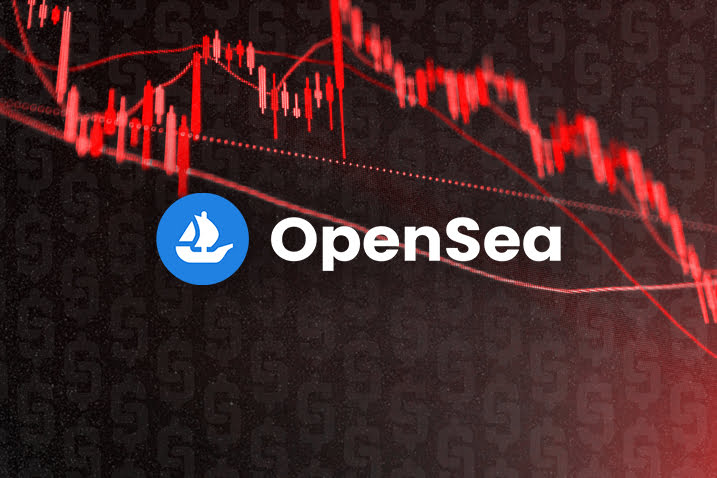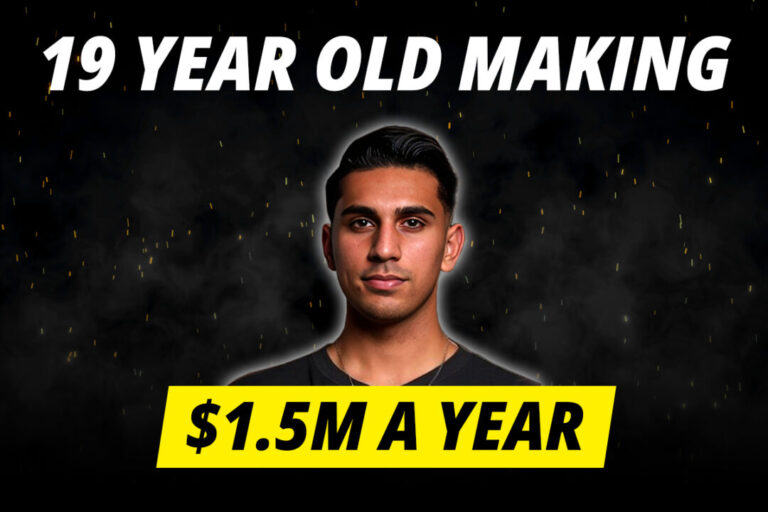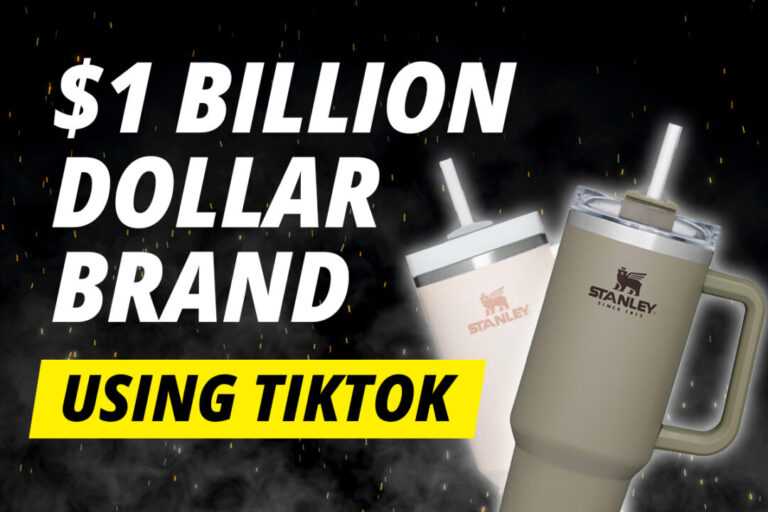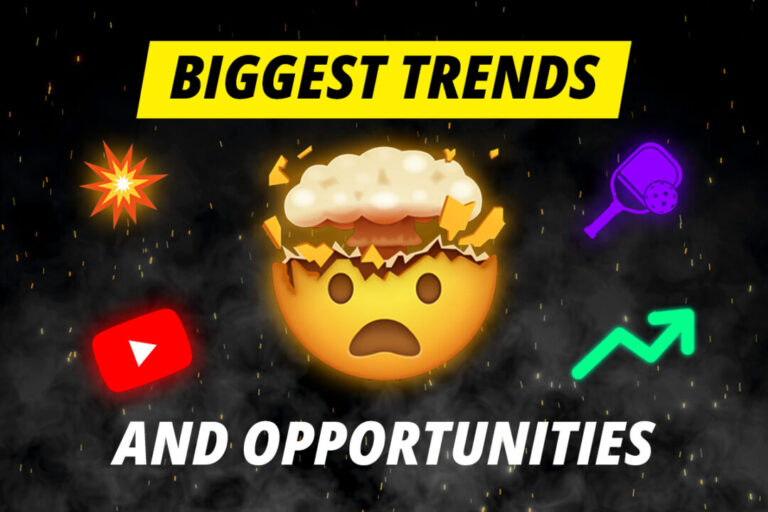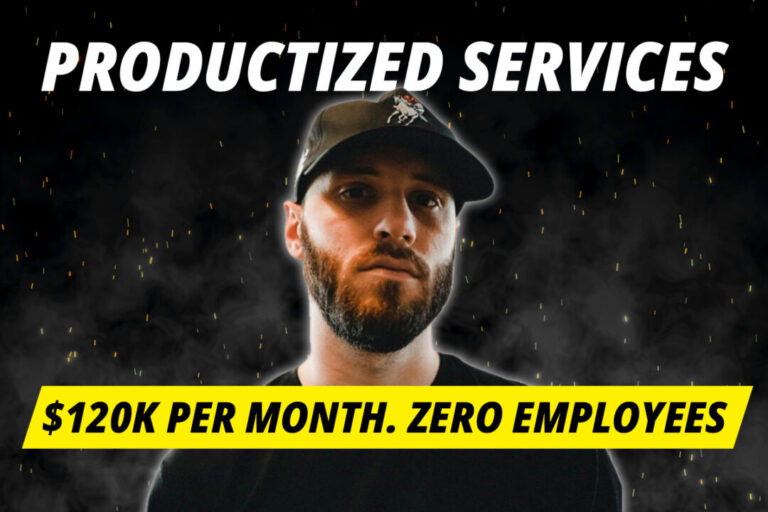Having launched in 2017, OpenSea can be considered as the most established, and famous marketplace in the NFT space to date. It is to NFTs, what Amazon is in Web2 to physical goods.
OpenSea supports over 150 payment tokens including Ethereum, Solana, Polygon and USDC, while hosting a variety of different NFT tokens such as profile pictures, art, music, photography, on-chain game assets and so on.
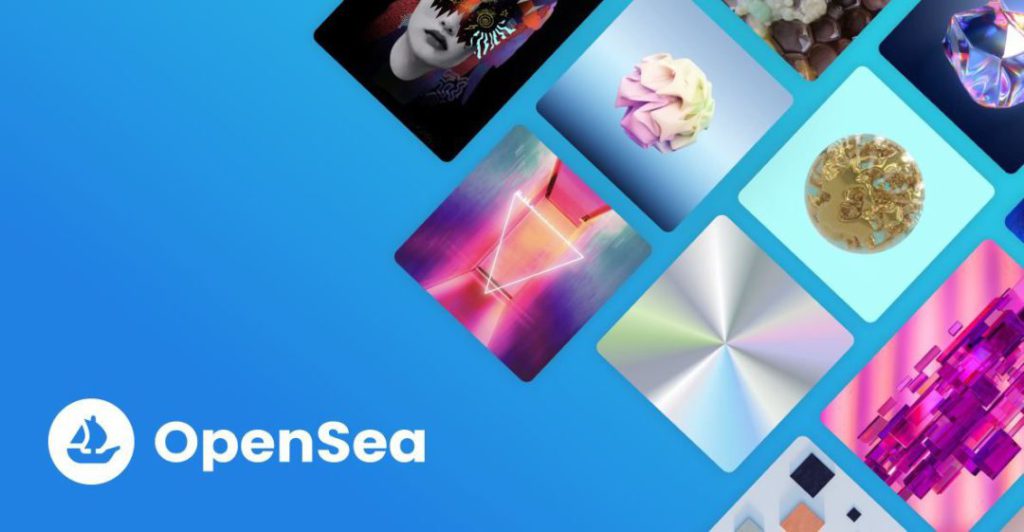
As OpenSea has been in the game for so long, it has mastered the art of accessibility, which makes it extremely easy to use and navigate. Collections can be searched for with little effort and the trading process is smooth. OpenSea charges a 2.5% fee on every transaction and gas is, of course, applicable for currencies that require it.
OpenSea is often the entry point for many traders who begin their NFT journey and continues to be, for long time veterans. For the longest time, OpenSea has had a monopoly on the market. However, over the last year, other Ethereum based marketplaces such as x2y2, Looksrare, and now Blur, have been chipping away at its market share. The leading marketplace is having a hard time maintaining its grip on the NFT market in the face of strong competition. Now, the real question is, is OpenSea dying?
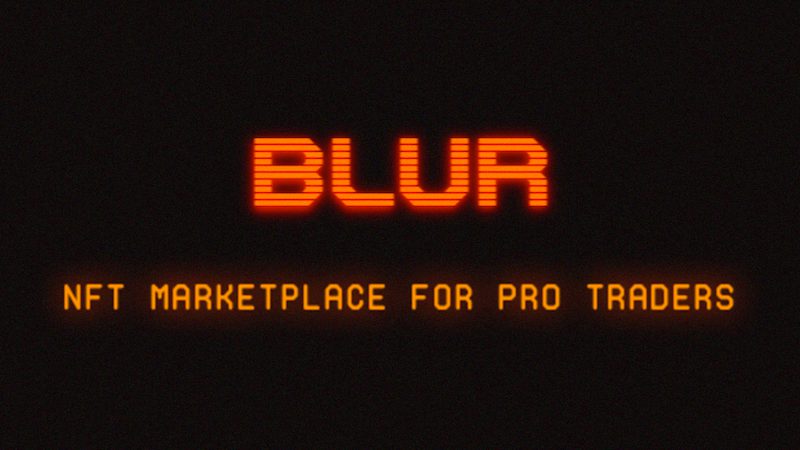
There have been a few controversies surrounding OpenSea, which have damaged its reputation. Back in June 2022, an OpenSea employee was charged for the first-ever NFT insider trading case. Former product manager Nathaniel Chastain was charged with wire fraud and money laundering over allegations that he secretly bought NFTs he had chosen for OpenSea’s homepage. He then sold the tokens for a profit once they had been featured.
Another time, OpenSea had to reimburse 750 ETH to users who accidently sold valuable NFTs at well below their going market rate through an exploit involving inactive listings. I’m not even going to get started on the frozen asset controversy. You get the idea though, all of this hasn’t looked good for OpenSea and it has led to many users losing faith in the platform.
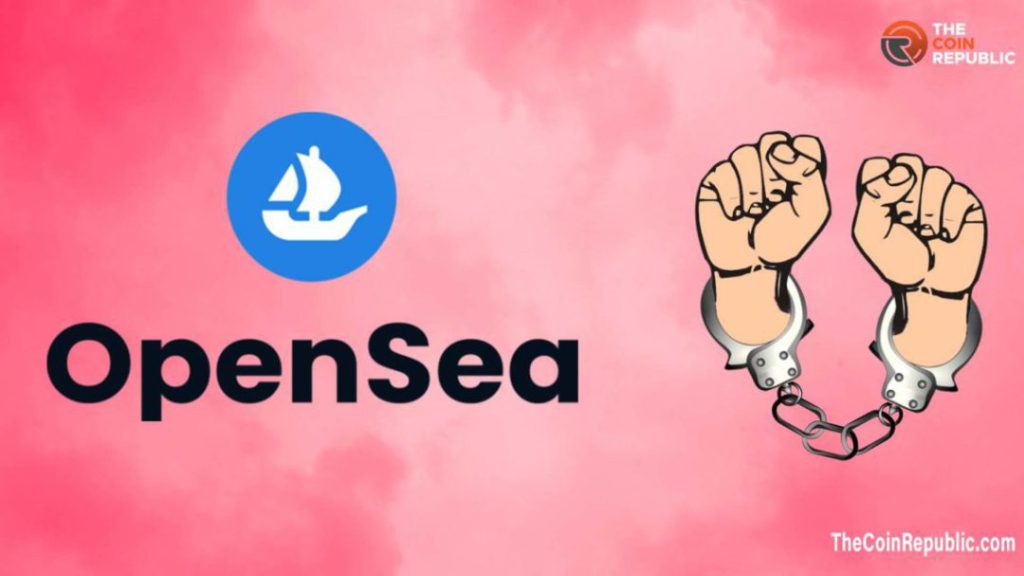
Since then, OpenSea has attempted to repair its reputation through improved community and engagement on Twitter, and responding to the issues raised by the NFT community.
A while ago, OpenSea changed its freezing policy due to complaints. In addition, OpenSea has recently created solutions to the issue of stolen items and scams in the space through malicious URL detection/removal and theft detection and disablement. Despite its best efforts, I’m still unsure whether it’s enough. OpenSea seems to be losing its early movers advantage, the monkey appears to be out of the box and the damage is already done. Here are 3 more signs that OpenSea is dying.
#1 OpenSea is losing market share
As mentioned above, OpenSea previously had a monopoly in the NFT market. Overtime, as other marketplaces have gained popularity, they have begun chipping away at its market share. In this article by Chaindebrief, we can see that OpenSea has gradually been losing its market share since the beginning of the year, and the trend has continued till the present day.
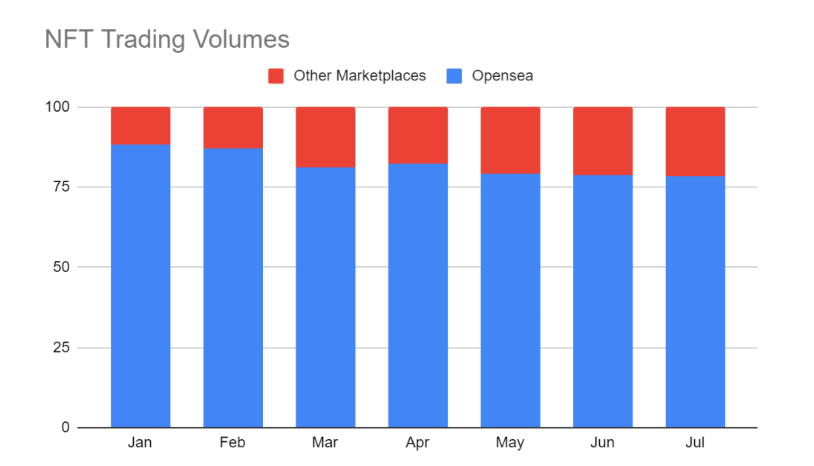
More recently, a marketplace for “pro traders” called Blur has been making waves, and many NFTs enthusiasts are moving to its platform. Despite the bear market, the NFT space witnessed a few days of high volume thanks to the successful launch of Art Gobblers. On November 1st 2022, Blur had nearly 30% of the market share, putting it in second place behind OpenSea. Then, on November 2nd 2022, Blur did more ETH volume than OpenSea for the first time ever (9700 ETH vs 9600 ETH), again, thanks to Art Gobblers.
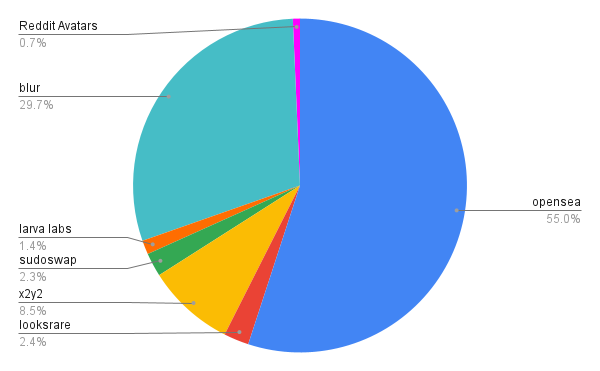
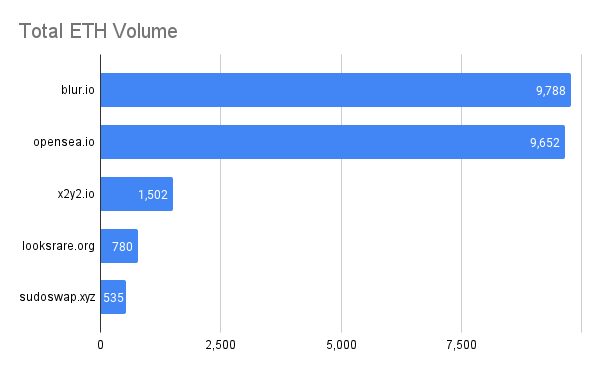
Additionally, as we can see from the charts below, OpenSea users are on the decline, whereas Blur users are on the increase. This solidifies the fact that OpenSea is struggling to maintain its dominance. This is likely happening because Blur has promised an airdrop for its most active traders, which is an incentive that OpenSea does not offer.
Also, Blur gives the option for traders to select 0% creator royalties. When liquidity is low, and margins for NFT traders are thin, a few percent can make the difference between a profitable and non-profitable trade. This possibility to increase both profits and the chance of actually selling your NFT has sent traders flocking to list their NFTs on Blur.
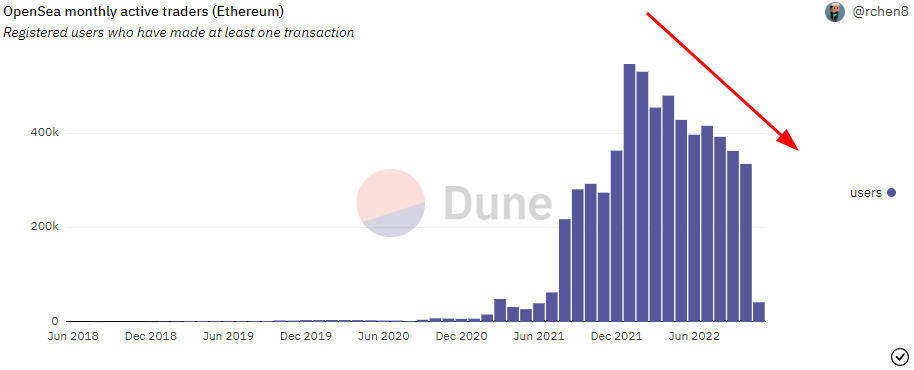
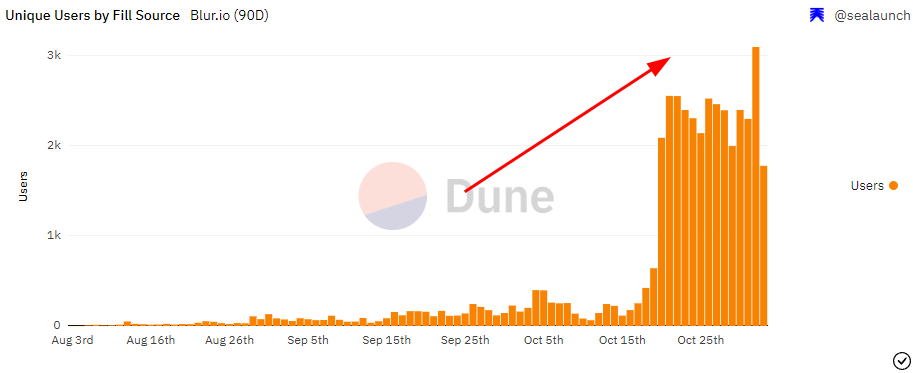
#2 The floor NFTs are not on OpenSea
Optional creator royalties on Blur, X2Y2 and SudoSwap is leading people to stop listing their top tier ‘blue chip’ NFT tokens for sale on OpenSea.
How do we know this? Well, if we search for any top collection such as the Bored Ape Yacht Club (BAYC), the lowest-priced token is 69.05 ETH at the time of writing. If we then go over to Blur, the cheapest BAYC token is listed at 65.80 ETH. The case remains the same for Mutant Ape Yacht Club, Doodles, Azuki, and more.

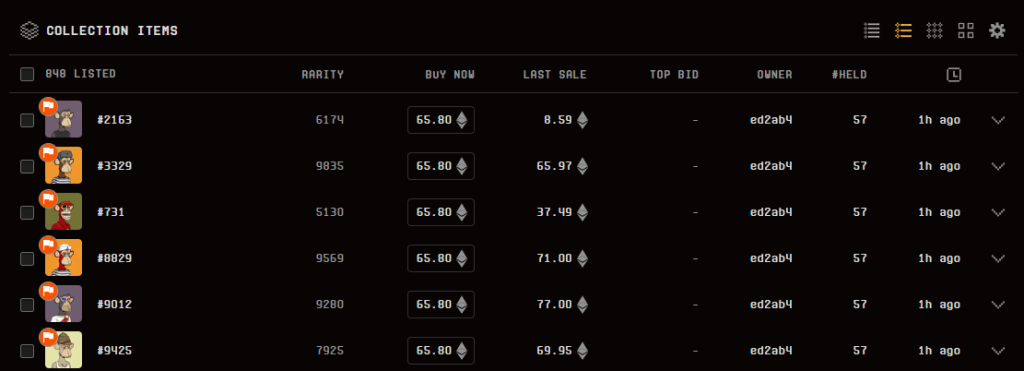
It makes perfect sense why this is happening. Many of these tokens are worth $100k+ and avoiding the 2.5% creator fee can save traders thousands of dollars. For this reason, people are simply choosing to use other marketplaces, which is going to eventually put OpenSea out of business if they do not do something about it.
#3 More projects are creating their own marketplaces
Currently, it’s trendy for a project to create its own marketplace, which works against OpenSea. You may be wondering why projects are launching their own marketplace? After some digging, all fingers point towards royalty fees.
In the case of Truth Labs, the marketplace has been created to address what it and many others in the Web3 space view as high fees on existing marketplaces. On top of the royalties (2.5% to 10%) that a project decides to take from each purchase, OpenSea also pockets another 2.5% fee of every transaction made.
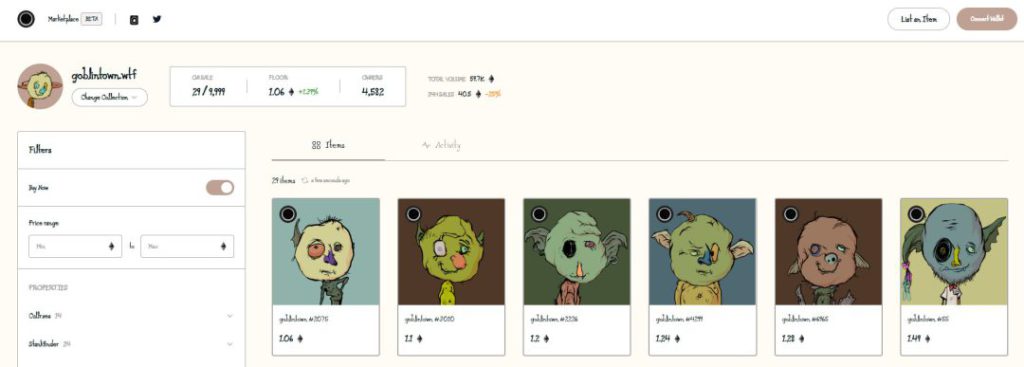
Other reasons include more stringent and better processes for reporting against stolen NFTs to better align with the ethos of Web3 and decentralized technologies. Also, project-specific marketplaces can include customizable functionality to better suit their needs in comparison with general marketplaces such as OpenSea. Unless OpenSea responds to these shifting market dynamics, it’s likely that it will continue to lose market share.
To conclude, OpenSea has been the kingpin for a long time now, and it still has the majority of users, but the tides are turning. If OpenSea does not make some serious changes that are required to compete in this increasingly competitive market, the chances are it’ll die. Watch this space!

